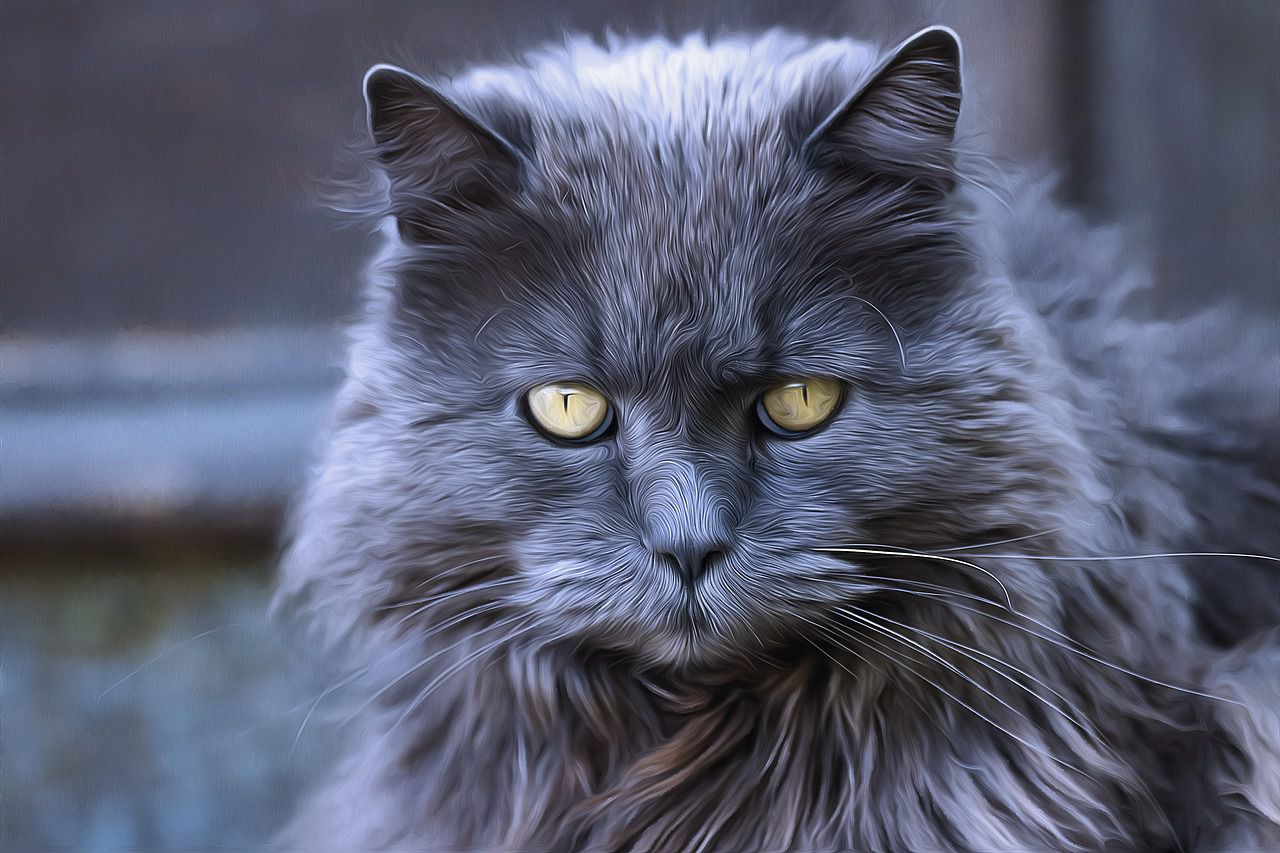Cats use their body language to express their emotions.
Even though these animals express their emotions differently from humans or other animals, you can still understand that something's wrong.
If your cat is upset, they may exhibit the following behaviors.
Tail position
A flicking or thrashing tail, held low or tucked between the legs, can indicate agitation or fear.
Ears
Flattened or pinned-back ears are signs of distress.

Posture
Your cat may crouch or hunch down with their body close to the ground.
Piloerection
When a cat's fur stands on end, it's often a sign of fear or aggression.
Vocalizations
Pay attention to your cat's vocalizations. Unusual or excessive meowing, hissing, growling, or yowling may indicate distress or discomfort.
Changes in Appetite or Sleep Patterns
Cats may lose their appetite or have difficulty sleeping when upset.
If your cat suddenly starts eating significantly less or more, or has trouble settling down for rest, it could be a sign of emotional distress.
Avoidance or Hiding
When cats are upset, they may withdraw from social interactions.
If your usually social cat starts avoiding you or hides in unusual places, it could be a sign of distress.
Aggression or Destructive Behavior
Cats may act out by scratching furniture, biting, or engaging in aggressive behavior when they are upset.
If your cat displays sudden aggression or engages in destructive behavior, it may be a response to emotional distress.









